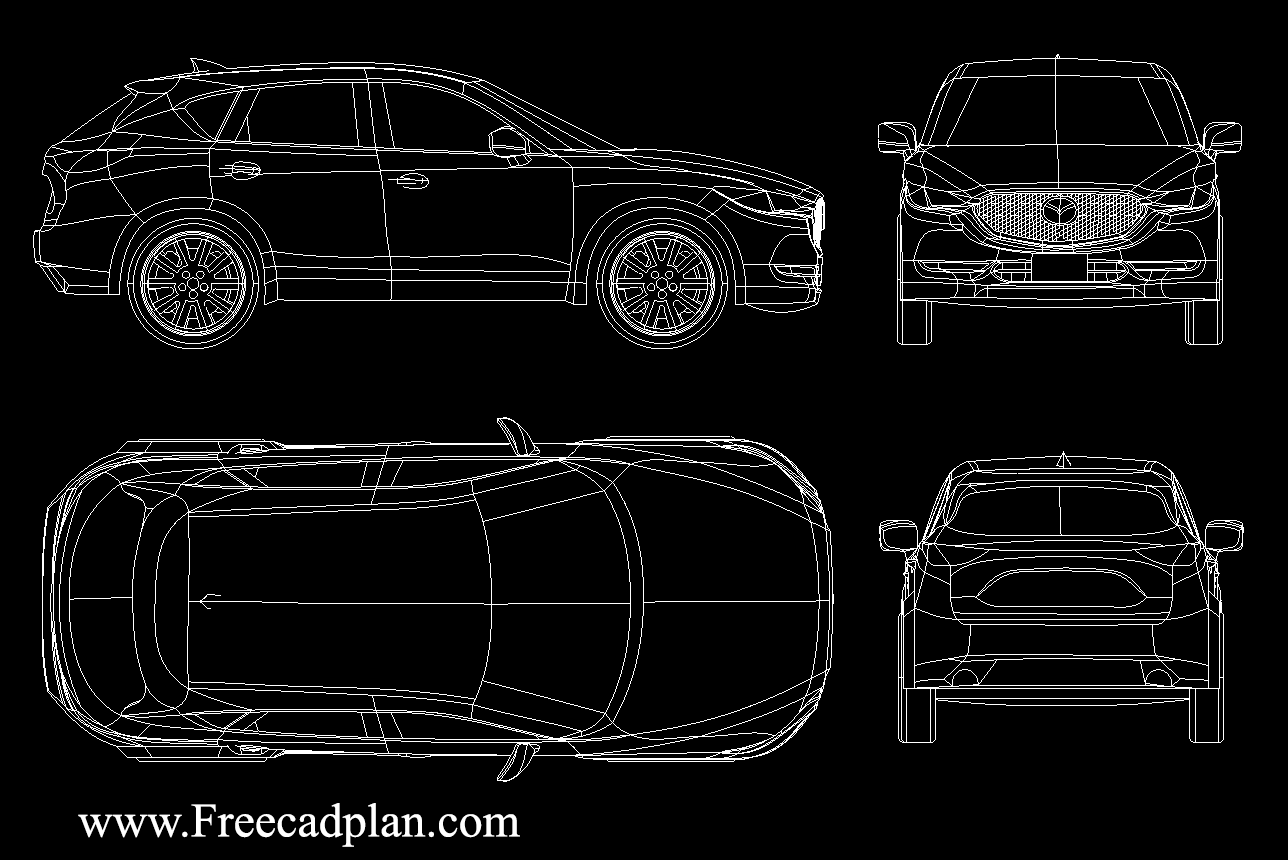


#Cost of autocad 2021 software
This article was originally published on Line//Shape//Space, an official Autodesk blog, and is reprinted here with kind permission.AutoCad Electrical is an electrical design software meant for designing electrical controls and systems.
#Cost of autocad 2021 series
Neal Award for best subject-related series of stories. Jeff has won six American Society of Business Publications Editors awards and was part of the reporting team for the 2012 Jesse H. Jeff Yoders has covered IT, CAD, and BIM for Building Design + Construction, Structural Engineer, and CE News magazines. Learn more about dynamic blocks from AutoCAD guru Thomas Russell.įor more AutoCAD tips, check out 7 AutoCAD Tips and Tricks Using Dynamic UCS. Using 3D in AutoCAD effectively prepares a drafter to exist in the entirely 3D world of Revit, and some dynamic blocks can even work in both programs. Dynamic blocks are great to use in AutoCAD if you’re also a Revit user because Revit’s tools are entirely parametric and based on dynamic blocks. These can be reused for common drawing elements such as doors, walls, and plumbing fixtures. Now that you can create dimensional constraints, you can use them to speed up your AutoCAD drafting by using dynamic blocks, which are the same as regular AutoCAD blocks but have parameters and actions added to them. In the Properties tab, switch your drawing to Annotational, and you’ll immediately notice a different look. We haven’t really considered annotational dimensions that will show up on a drawing, what its cosmetic look is, and whether a construction document be made from the drawing. All of the dimensions we’ve discussed so far have been “dynamic” dimension constraints, meaning that we’re mainly concerned with how our drawing functions, what its parametric relationships are, and how they work. You can access these new parameters from the Parameters menu. AutoCADExchange explains how using the Convert command in the Dimensional Tools ribbon allows you to change any line, arc, or circle into a dimensionally constrained one. If you receive a drawing that has conventional dimensions, you can still convert them to parametric constraints. The geometry in the drawing is adjusted accordingly based on changes made in the manager. This gives you a visual of all the parameters and allows you to edit them not in the drawing itself, but in the Parameters Manager. AutoCADExchange explains another way to modify the values of geometric constraint, other than double-clicking on the value itself, using the Parameters Manager in the Parametric ribbon. Inferred constraints work with you as you draw and apply themselves while making sure your drawing is set up properly. No longer will you be drawing first and implying constraints second. Now that we’re experts on dimensional constraints, AutoCADExchange is going to introduce us to the world of inferred constraints. Using dimensions can change the length of a line, change relationships between lines, and create new dimensional relationships. Lynn Allen takes dimensional constraints even further in the Dimensions tab and shows how using dimensions can make your drawing life a lot easier. Dimensional constraints and setting up formulas for them are discussed as well.

As each constraint is applied, AutoCAD shows an icon in a constraint bar adjacent to the object that gets highlighted when you hover over it. He also explains the Autoconstrain tool to assign a number of constraints in one pass. AutoCAD expert David Cohn takes the constraint talk a little further using tangents, perpendicular lines, parallel lines, concentric circles and arcs, and horizontal constraints on the same objects. You also learn about the common parametric battle of “who changes whom.”
#Cost of autocad 2021 how to
Cadalyst and Autodesk blogger Lynn Allen explains the basics of parametric constraint tools and how to use geometric constraints such as parallel and perpendicular lines in AutoCAD.


 0 kommentar(er)
0 kommentar(er)
